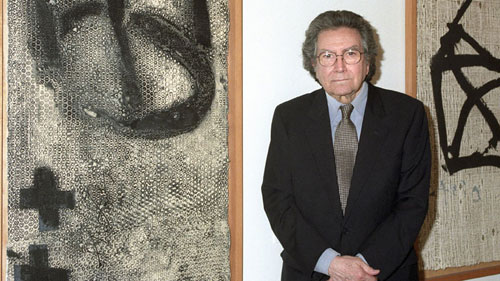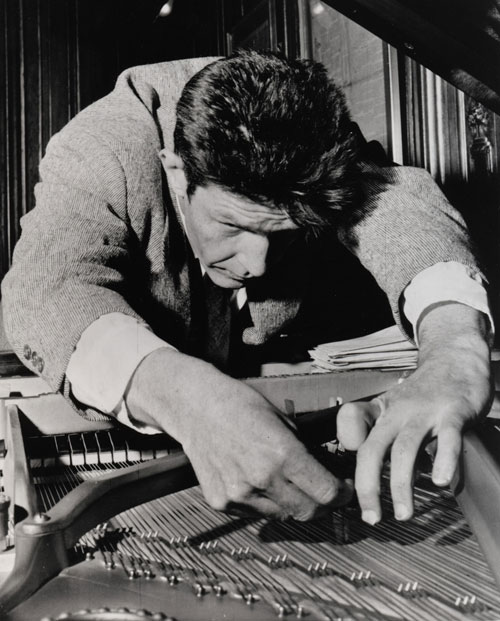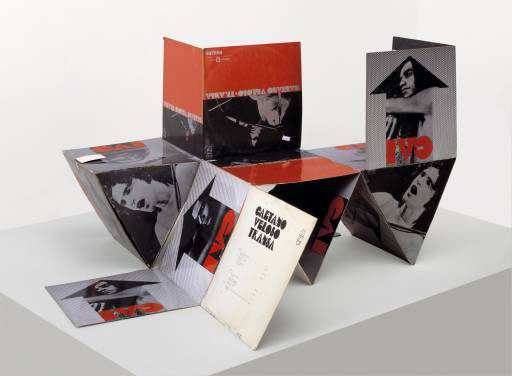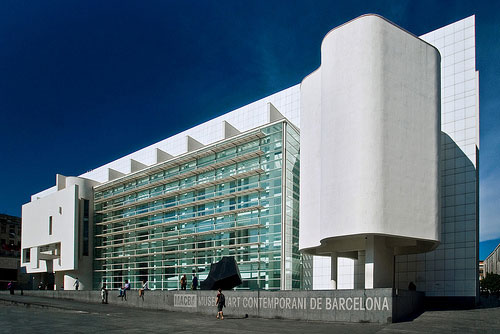Recently, the Museum of Contemporary Art of Barcelona (MACBA) has acquired a piece dated from 2003, consisting of a closing actiong documented by photographs and several texts, using a metal structure of the access to a cave placed in a particular spot in the mountains of the Basque Country, with the particularity of allowing a small passage through which bats can enter and leave.

However, the passage of people was completely closed. This is a work that aspires to give significance and recode the landscape by intervening in this landscape and which plays with philosophical notions of symbolism and identity. In the succinct words of the author of the piece, “the closing of my cave does not affect nature but human consciousness, and this is a fundamental difference… it may seem violent, but it is not. It only affects our image of what is sacred. It has a symbolic function”.
The name of the operation is Ir. T. Nº513 zuloa. Extended Repertory. and its creator Ibon Aranberri (Itziar, Deba, 1969), an enigmatic artist who, being only fragmentarily known, in recent years has gained an increasingly international prestige thanks to similar works; works which were conceived in the form of projects somewhere between documentary narrative and abstract formalism where the essential artistic material is perhaps nature and history.
Now and until the 15th of May, after three successive postponements, the Antoni Tapies Foundation in Barcelona (255 C/Arago, http://www.fundaciotapies.org/site/) devotes a retrospective exhibition curated by Nuria Enguita Mayo covering the last ten years of his artistic activity where you will see Ir. T. Nº513 zuloa. Extended Repertory, a great illustration of Aranberi’s way to work and concerns, with the particularity of including for the occasion some of the original remains found in the cave excavations.
According to Aranberri, the expected exhibition entitled Organigrama, is organized around a series of concentric circles that trace a sort of itinerary through much of the work of this Basque artist, presenting both finished pieces and fragments of ancient works taken out of context, often interested in exposing the ways in which power is responsible for manipulating the territories and landscapes and the way we construct the past from the present.
For the curator, the exhibition of Aranberri’s work would demonstrate, in short, that current times are essentially unable to understand the notion and feeling of what’s sublime, through political content more focused in the way of expressing the works rather than in the issues that are apparently sought.
Either way, the exhibited work is always stimulating to the mind, especially in pieces such as Política hidráulica, Diseño de nuestro desarrollo, Ría y acantilado, Found Dead or this particularly beautiful work on the relocation of monuments which is called Gramática de meseta.
 Paul Oilzum
Paul Oilzum
You will be able to visit it when renting Barcelona accommodation?

 English
English


